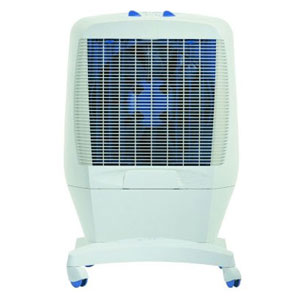
Resources
- Home
- About Air Cooling Systems
- Air Conditioner Pre Cooling System
- Air Cooling System
- Air Cooling System Design
- Air Cooling System In Automobiles
- Air Cooling System Reviews
- Air Cooling Systems FAQs
- Air Cooling Systems For Homes
- Air Cooling Systems For Offices
- Air In Cooling System Symptoms
- Car air Cooling System
- Car Air Cooling System
- Compressed Air Cooling System
- Cooling Air System
- Engine Air Cooling System
- Forced Air Cooling System
- Forced Air Heating And Cooling System
- Gas Turbine Inlet Air Cooling System
- How Do Air Cooling Systems Work
- Simple Air Cooling System
- Types Of Air Cooling Systems
- Underground Air Cooling System
- Where To Buy An Air Cooling System
Cooling Air System
Cooling air system is generally referred to as the heart of the engine. It prevents serious and costly damage to the engine by ensuring that it operates within the required operating temperature levels. While most car owners normally associate the cooling air system with the cooling hoses and radiator, it is important to note that the system consists of other important components and that we have to develop a clear understanding at how the cooling air system works.
Overall Function of the Cooling Air System
The main function of the cooling air system is to maintain the desired level of temperature while the engine is running. It basically removes excess heat and helps in the attainment of the required operating temperature levels to maintain the optimal performance of the engine. The cooling air system eliminates what is referred to as waste heat from the engine. Without the cooling air system, heat build-up is the natural consequence due to the explosion of gas vapors in combustion engines, and this condition will impede the normal operation of the engine. Engine overheating can seriously damage critical components or parts of the running engine.
Diesel Engines and Cooling Air System
The cooling air system is not a critical component of diesel engines. High temperature is not a requisite for the optimal operation of this type of engines and such engines normally last longer when compared to gas engines. Diesel fuels are classified as waste oils, and as such they achieve combustion at a much lower temperature than gasoline oil. In addition to this, diesel fuels also function as lubricating oil for the engine pistons while they move in their respective engine shafts. On the other hand, the gas vapors in gasoline powered engines don’t provide as much lubrication as diesel fuels. In fact, these gas vapors wash off the oil from the walls of the engine cylinders.
Basic Operations of the Cooling Air System
The essential components of the cooling air system include:
- Coolant
- Water Pump
- Fan System
- Radiator
The cooling air system operates in order to maintain the temperature of the engine. This condition is achieved through the control of the flow of coolant into the engine. This fluid absorbs the waste heat that is generated while the engine is running and moves this “heated” fluid through the engine and out of the system through the standard coolant hose and into the radiator.
The air flow and circulation within the radiator lowers the temperature of the “heated” coolant and the same is introduced into the cooling air system to replace the “heated” coolant inside the engine. This cyclical process defines the basic operations of the cooling air system. It ensures optimal performance of the engine and reduces wear and tear of essential engine parts.
The waste heat that is generated by a running engine is transferred from the engine block to the coolant through the process of conduction. The water pump is responsible for the circulation of the coolant within the cooling air system. The heated fluid moves through the engine block, along the coolant hose system and into the radiator.
